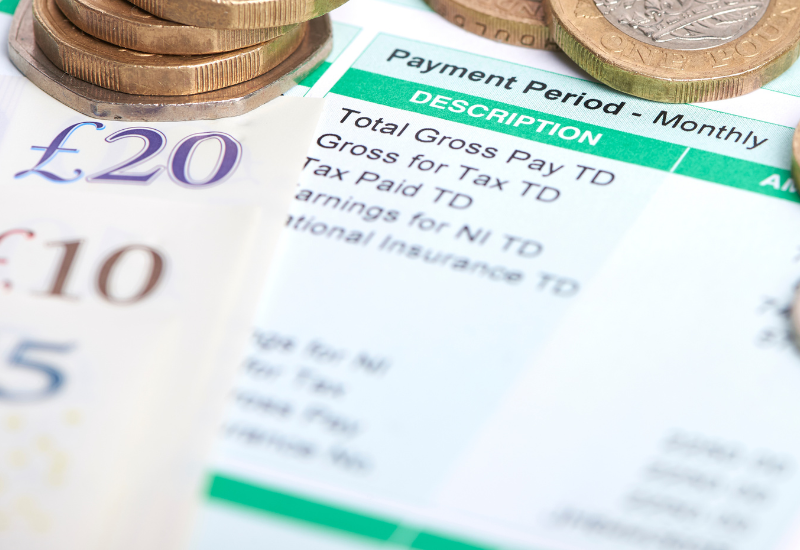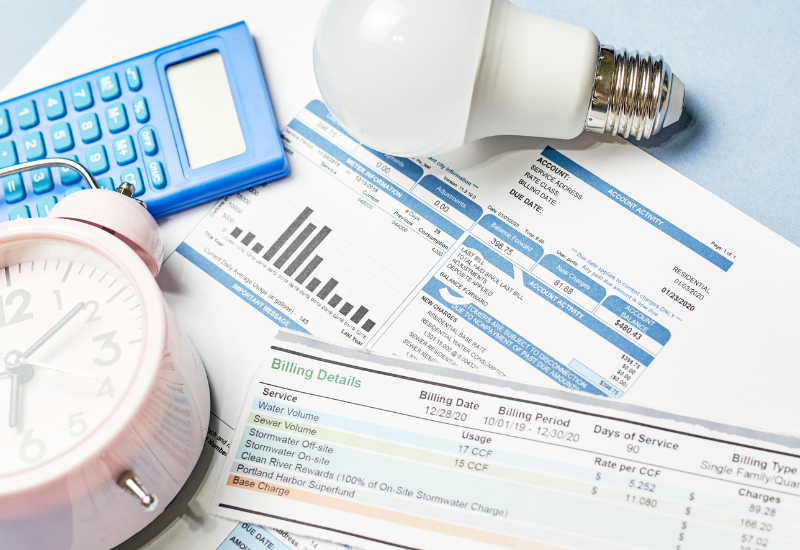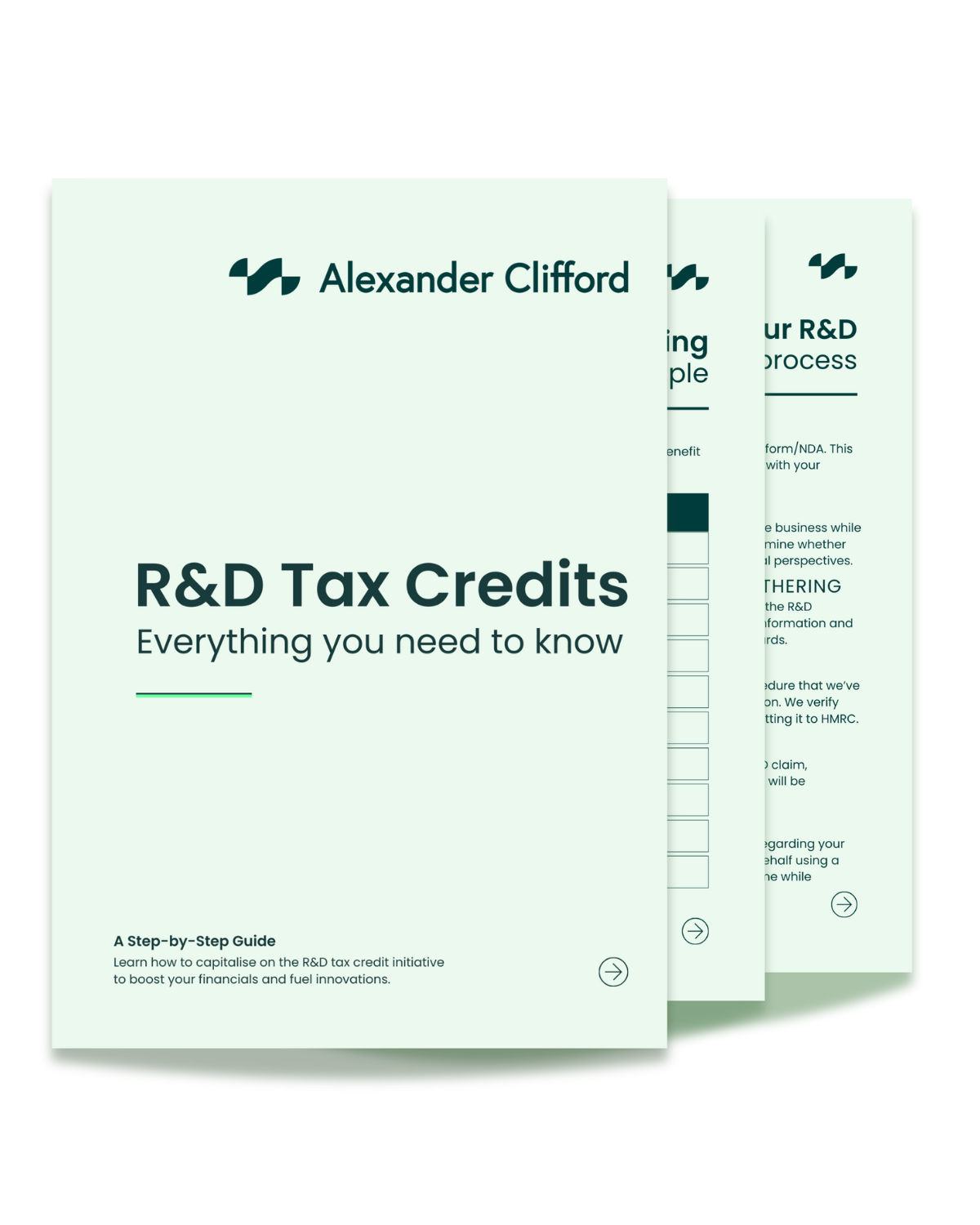R&D tax relief is a financial incentive by the UK Government. You can receive the R&D tax credits as either an offset to your corporation tax liability or as a financial sum sent to you. This tax relief is available to companies who are involved in R&D-eligible activity. Essentially, if you invest in innovation, then you could receive some R&D tax relief. This is applicable to you if you are involved in creating or developing products, processes, computer software, techniques, formulas, or inventions that lead to enhanced or novel functionality, performance, reliability, or quality. You don’t have to be at the forefront of designing something brand new but you need to prove that you are making an improvement to something already existing. The government actively wants to see more R&D activity so they invite you to spend more on your project with their tax relief. You can learn more about R&D tax credits in our guide.
Yes! However, if you have already received a State Aid grant for your project, it’s possible that it could impact your claim. Therefore, it’s advisable to check with your grant provider.
The Government created the research & development legislation as an incentive to encourage businesses that are developing new or appreciably improving existing; products, processes, systems, and materials – anything that contributes to the growth of the economy. Whenever an application for an R&D claim is submitted, it is sent to the regional departments of HMRC, where it is scrutinized along with the submitted reports. The application is then evaluated to determine whether to approve, query, or reject the claim.
At Alexander Clifford, we understand that you want to invest in a service that will deliver results without breaking the bank. That’s why we’re proud to offer a ‘No Win, No Fee’ basis for all our services.
After successfully identifying an R&D claim, we only charge 25% of your service entitlement, which is lower than the industry average. If we don’t identify an R&D claim, we won’t charge you anything at all. With our ‘No Win, No Fee’ approach, you can rest assured that your application is completely risk-free. Book a free consultation now.
In short, an accountant specialises in managing your accounts, whereas an R&D tax claim specialist is highly knowledgeable and skilled in identifying eligible R&D activities for tax credit purposes and can increase your chances of receiving benefits from your R&D claims.
To elaborate further, assuming you have a qualified accountant, who handles everyday purchases and typically has a wide-ranging workload that includes managing your accounts and addressing general business matters.
By contrast, R&D tax claim specialists focus exclusively on R&D applications, which means they stay up-to-date with new legislation, industry standards, and technological advancements. They pride themselves on their ability to develop technical narratives and financial reports that accurately reflect the rules and regulations established by HMRC’s Consumer Tax Act 2009. As a result, they can support you through the R&D claim application process more efficiently than an accountant. Moreover, their knowledge of technical and scientific advancements is more comprehensive than that of an accountant.
That will completely depend on the situation and context of your company. Please explore our knowledge library related to SMEs and large companies for more details.
The amount you can claim for your R&D activities depends on the size of your company.
- If you are classed as an SME, you can expect to qualify for relief of up to 33% of the total expenditure of your R&D activities under SME scheme.
- To be considered as an SME your company must have no more than 500 staff, a turnover of under €100 million, or a balance sheet of under €86 million.
- Larger companies can effectively claim relief of up to approximately 10% of expenditure on R&D activities under RDEC scheme. However, the benefit they receive from the expenditure is also taxable. Businesses with a turnover of more than €100 million, or a balance sheet of over €86 million, and have more than 500 employees are considered large companies
A technical narrative is a summary of your project’s scope and development, typically spanning two to five pages. It highlights any uncertainties or challenges encountered during the work. It is optional but provides an opportunity for you to explain your work to HMRC, adding value to your R&D claim.
You can submit one claim per tax year.
Yes, as long as you meet the eligibility criteria for R&D tax credits, start-up companies can claim.
Dividend payments can’t be included in your R&D claim because they don’t reflect the true nature of R&D.
What are R&D qualifying costs?
The claim process
We understand the complications that can often arise when completing an R&D claim, not to mention the significant amount of time it can consume, diverting your attention from driving your innovation forward. That's why we have streamlined a transparent and hassle-free process that follows a step-by-step approach from start to finish.
Throughout your R&D claim process, we maintain open lines of communication tailored to your preferences. Once we have compiled comprehensive technical and financial reports, we take the responsibility of submitting them and proactively follow up with HMRC, leading the communication on your behalf. Often, our next contact with you brings the exhilarating news of success and positive outcomes.
Knowledge library topics
Dive into our knowledge library and unlock a wealth of information on the application process for your R&D claims. Our team of R&D tax credit specialists shares their expert insights that have been compiled in this finely-tuned knowledge bank, providing you with indispensable guidance and a comprehensive understanding of R&D tax relief.
Explore the knowledge available at your fingertips and empower yourself to confidently navigate the intricacies of R&D tax credits.







